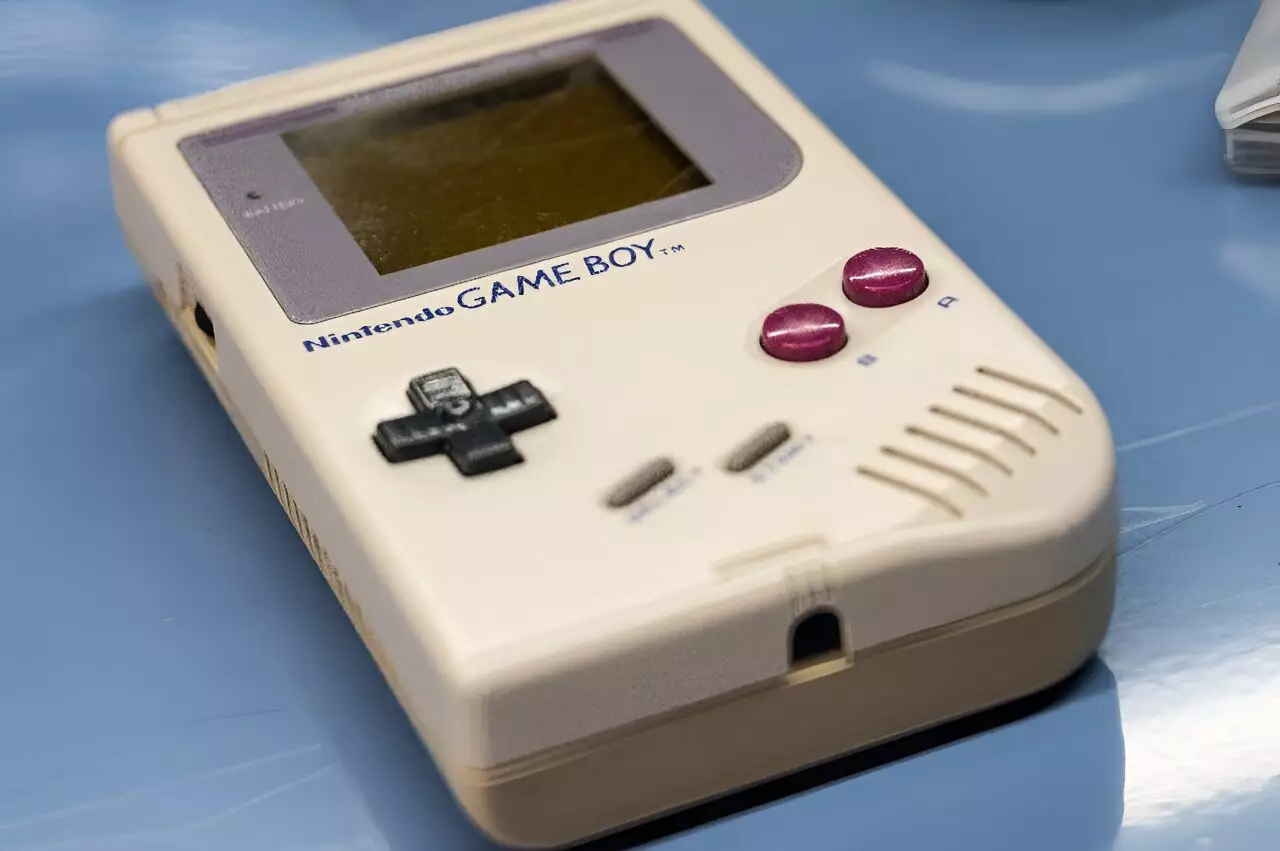The world of video gaming has transformed immensely since its inception in the 1970s. As technology evolved, so did the consoles, leading to an explosion in sales and an expansion of gaming culture. A multitude of systems cultivated a devoted following, with hundreds of millions sold globally. This article examines five of the most impactful gaming consoles, highlighting their innovations, cultural significance, and the fierce competition that has defined the industry.
The story of modern gaming can hardly be told without highlighting the PlayStation 2 (PS2) launched by Sony in 2000. This console was instrumental in establishing gaming as a mainstream entertainment medium. Originally met with skepticism regarding its launch titles, the PS2 overcame initial doubts with its backward compatibility, allowing players to enjoy original PlayStation games and its revolutionary capability to play DVDs. This convergence of gaming and home entertainment drew in a diverse demographic.
The floodgates opened for iconic titles like “Grand Theft Auto,” “Final Fantasy,” and “Metal Gear Solid.” Acclaimed game developers leveraged this platform to deliver some of the most engaging and cinematic experiences in gaming history. The PS2 ultimately became the best-selling console of all time, shifting over 155 million units and captivating generations of players around the world.
In the realm of handheld gaming, the Nintendo DS, released around 2004-2005, marked a significant leap forward. Unlike its predecessor, the Game Boy, the DS offered dual screens and touch capabilities, which translated to innovative gameplay experiences. With beloved franchises like Mario and Pokemon making the transition to this new platform, the DS quickly grew into a household name. The idea of incorporating a microphone and internet connectivity also paved the way for unique social gaming experiences.
The DS’s cultural impact reached new heights with games like “Nintendogs” and “Animal Crossing,” which introduced a new level of interactivity among players. The ability to virtually care for pets and engage in village life fostered community gameplay while also attracting casual gamers. Its cumulative sales of over 154 million units solidified Nintendo’s dominance in the handheld gaming market for years to come.
Fast forward to 2017, and Nintendo launched the Switch, a hybrid console that took the gaming landscape by storm. Uniquely versatile, it allowed seamless transitions between handheld and traditional console play. This innovation appealed to a broad spectrum of gamers—whether they were playing alone on the go or enjoying multiplayer sessions at home. The success of the Switch was further solidified with blockbuster game releases like “The Legend of Zelda: Breath of the Wild” and “Animal Crossing: New Horizons,” the latter finding a dedicated audience during the COVID-19 pandemic, as people turned to gaming for social interaction while stuck at home.
Nintendo reported that, by mid-2023, the Switch had sold more than 143.4 million units, reaffirming its place as one of the top-selling consoles in history. This platform not only revitalized nostalgia but also redefined the boundaries of gaming play styles.
Before handheld systems became ubiquitous, the Game Boy dictated portable gaming’s course from the late 1980s onward. It introduced a plethora of memorable franchises, including Pokemon, which ingeniously tapped into the appeal of collectible gameplay. The Game Boy and its sequel, the Game Boy Color, sold over 118 million units and sparked a commitment to innovation that would echo through the following decades.
Pokémon’s Pikachu became a cultural icon, representing the beginning of a multimedia franchise expansion that includes anime, movies, and tradeable card games. The Game Boy laid the groundwork for future devices, demonstrating that video games could transcend simple entertainment and emerge as key drivers of cultural phenomena.
As the gaming landscape continued to grow, Sony introduced the PlayStation 4 (PS4) in 2013, which quickly became a formidable contender against Microsoft’s Xbox series. The PS4’s strategic focus on engaging, quality exclusive titles, enhanced graphics, and a user-friendly interface contributed to its success, ultimately selling approximately 117 million units. Games like “The Last of Us” and “Marvel’s Spider-Man” showcased the potential for storytelling and graphics in video gaming, enabling the PS4 to capture the hearts of both casual and dedicated gamers alike.
The interplay between these powerful consoles encapsulates an era of intense innovation and competition, leaving a legacy that future systems will strive to surpass. Each gaming console, with its unique offerings, not only transformed how people play but also reshaped entertainment as a whole, fostering communities and experiences that define modern culture.


Leave a Reply